Rheumatoid arthritis (RA) is a chronic autoimmune disease that primarily affects the joints, causing pain, swelling, stiffness, and, over time, joint damage. While there is no cure for RA, many therapies can help control symptoms, reduce inflammation, and slow disease progression.
In this article, we'll explore the best pain relief for rheumatoid arthritis, including medications, naturopathic treatments, and FDA-approved red light therapy, to help you find a personalized approach to reducing pain and improving mobility.
Understanding Rheumatoid Arthritis

Rheumatoid arthritis is a chronic, autoimmune disease that primarily attacks the joints. The patient's immune system mistakenly attacks his or her joint tissues, resulting in inflammation, swelling, and pain in the lining of the joints, which may eventually cause permanent damage.
If left untreated, rheumatoid arthritis may interfere with daily activities and accompany symptoms such as fatigue, fever, and general malaise. In addition to the joints, RA may also affect organs such as the heart, lungs, and eyes. Early diagnosis and treatment can help relieve symptoms and prevent further disease deterioration.
Conventional Treatment of Rheumatoid Arthritis
The main goals of rheumatoid arthritis treatment are to control inflammation, relieve pain, and slow the progression of joint damage. Several conventional treatments are usually used in combination to achieve the best results.
1. Medication

Medications are usually the treatment of choice in the treatment of rheumatoid arthritis. The most commonly prescribed medications include:
Non-steroidal anti-inflammatory Drugs (NSAIDs): These drugs, such as ibuprofen and naproxen, are often used to relieve pain and reduce inflammation. However, NSAIDs do not slow the progression of RA.
Corticosteroids: Prednisone and other corticosteroids reduce inflammation and suppress the immune system. Although effective in controlling symptoms, long-term use can lead to serious side effects such as weight gain, osteoporosis, and high blood pressure.
Anti-Rheumatic Drugs (DMARD): Anti-rheumatic drugs, including methotrexate, hydroxychloroquine, and salazosulfapyridine, are designed to slow the progression of RA and prevent joint damage. These drugs work by suppressing the immune system, but they may take weeks or months to have full effect.
Biologics: such as TNF inhibitors (etanercept, infliximab) and IL-6 inhibitors (tolizumab), target specific parts of the immune system to prevent inflammation and joint damage. These medications are often used when a DMARD alone does not work well.
Janus kinase (JAK) inhibitors: JAK inhibitors (e.g., tofacitinib and baricitinib) are newer therapies that block specific enzymes involved in the immune response. These drugs are often used when biological agents are not effective.
2. Physical Therapy
Physical therapy helps maintain joint flexibility, strengthen the muscles around the joints, and improve overall mobility. The therapist may recommend specific exercises for each individual and ways to minimize joint stress during daily activities.
In addition to exercise, occupational therapy can help patients change their home and work environments to reduce joint stress and avoid aggravating RA symptoms.
3. Lifestyle Changes
Making lifestyle changes in our daily routines can also help us manage RA and minimize flares. Here are some key strategies:
Exercise: Low-intensity exercise such as swimming, walking, and cycling can help improve joint function without causing extra stress. Regular physical activity can also reduce fatigue and improve overall health.
Diet: A healthy, balanced diet rich in anti-inflammatory foods such as fruits, vegetables, omega-3 fatty acids (found in fish and flaxseed) and whole grains can help reduce inflammation. Some studies also suggest that a Mediterranean diet that emphasizes fresh produce, olive oil, and lean protein may benefit people with RA.
Stress management: Stress can exacerbate RA symptoms, so managing stress through relaxation techniques, positive thinking, yoga, or meditation may help reduce flare-ups.
4. Surgery
In severe cases, surgery may be required when the joint is severely damaged and other treatments have failed. Surgical options include joint replacement, tendon repair, and joint fusion. Joint replacement surgery, especially in the knees and hips, can significantly improve mobility and reduce pain in patients with advanced RA.
5. Red Light Therapy for Rheumatoid Arthritis

In recent years, red light therapy (RLT) has become a promising complementary therapy for the treatment of rheumatoid arthritis. FDA-approved red light therapy uses low-wavelength red light and near-infrared light to penetrate the skin and promote cell regeneration. By stimulating the mitochondria in cells, RLT promotes the production of adenosine triphosphate (ATP), which enhances cellular repair and reduces inflammation.
RLT uses wavelengths typically between 620 and 850 nanometers, with longer wavelengths (near-infrared light) penetrating deeper into the tissue. This is especially beneficial in diseases such as RA, where inflammation affects not only the skin, but also deeper structures such as muscles, joints, and connective tissue.
How Does Red Light Therapy Benefit Rheumatoid Arthritis?
Several studies have shown that FDA-approved red light therapy is beneficial for people with RA, with the following benefits:
Reduced inflammation: One of the main benefits of FDA-approved red light therapy is its ability to reduce inflammation at the cellular level. By reducing inflammation in the joints, red light therapy can help relieve the pain and swelling associated with RA.
Pain relief: Many people with RA report chronic joint pain, especially during flare-ups. Red light therapy can help reduce pain by improving circulation and reducing oxidative stress in the affected area.
Improved Joint Function: Continued use of red light therapy can improve joint mobility and reduce stiffness, making it easier for people with RA to perform daily activities.
Non-invasive and safe: RLT is a non-invasive therapy with minimal side effects if used properly. It is also painless and can be incorporated into daily or weekly treatment routines through professional therapy or by purchasing an at-home RLT device.
While traditional RA treatments (such as DMARD and biologics) target the immune system to slow the progression of the disease, red light therapy works locally to reduce inflammation and pain in the affected joints.
RLT should be viewed as a complementary therapy, not an alternative to standard therapy. It can be used in conjunction with medications and physical therapy to enhance overall symptom relief.
Combining Treatments for Best Results
The best way to treat rheumatoid arthritis is usually to use a variety of therapies depending on each individual's needs.
For many patients, the most effective strategy is to combine medications, lifestyle changes, physical therapy, and emerging therapies such as red light therapy. Here are ways you can combine multiple therapies:
Medications: Use DMARD or biologic agents to slow disease progression and control systemic inflammation.
Physical Therapy: Combine regular physical therapy to maintain joint mobility and strength.
Red light therapy: Regular use of RLT can help reduce joint inflammation and pain, especially during flare-ups.
Healthy Lifestyle: Adopt an anti-inflammatory diet, engage in low-impact exercise, and practice stress management techniques to reduce RA symptoms naturally.
It is important to note that no matter which treatment you undertake, you should always consult a healthcare professional for advice and to better protect your health.
Is red light therapy useful for treating rheumatoid arthritis?
Medical-grade red light therapy devices have shown promise in reducing inflammation, relieving pain, and improving joint function in patients with rheumatoid arthritis. Although it does not cure the underlying autoimmune disease, it can be a valuable addition to a comprehensive RA treatment program.
The low risk of side effects and ease of use (either through in-clinic treatments or home devices) make it a strong option for those who wish to manage their symptoms without invasive surgery or additional medications. Especially for site-specific treatments, PRUNGO offers us wearable medical-grade red light therapy devices that use the world's top-rated polarized red light technology to achieve 3-minute pain relief.
PRUNGO has helped over 2000 users significantly relieve pain, with 30% of users becoming pain-free after one week of use.
Conclusion
Rheumatoid arthritis is a complex disease that requires a multifaceted treatment approach. While traditional medications such as DMARD and biologics can slow disease progression, therapies such as red light therapy offer additional benefits in reducing pain, inflammation, and stiffness. Combining traditional treatments with complementary therapies and lifestyle changes can help patients manage their symptoms more effectively and improve their quality of life.
If you are considering medical-grade red light therapy devices as part of your RA management program, talk to your healthcare provider to make sure it's right for you. With the right combination of treatments, you can live with rheumatoid arthritis and reduce its impact on your daily life.
Related reading: Is red light therapy safe during pregnancy?


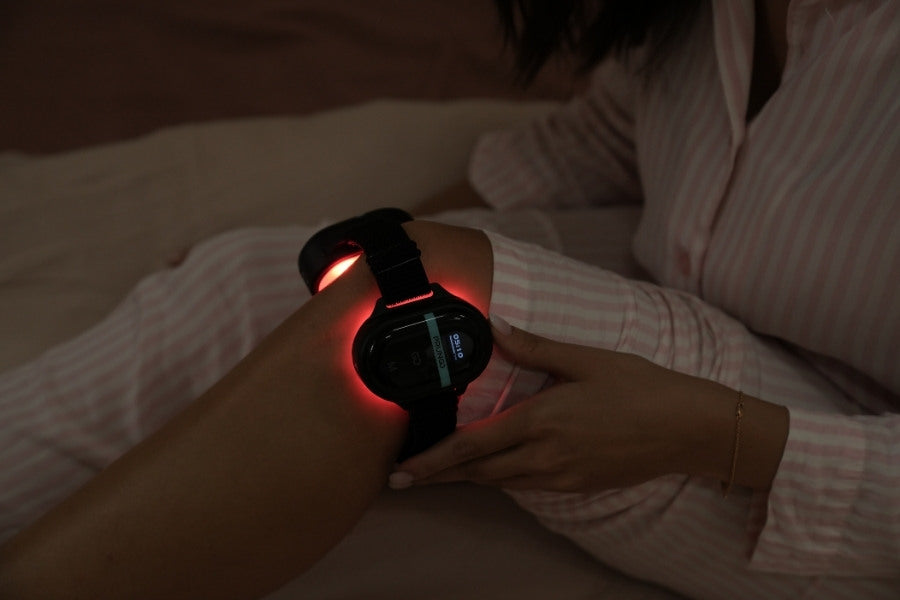
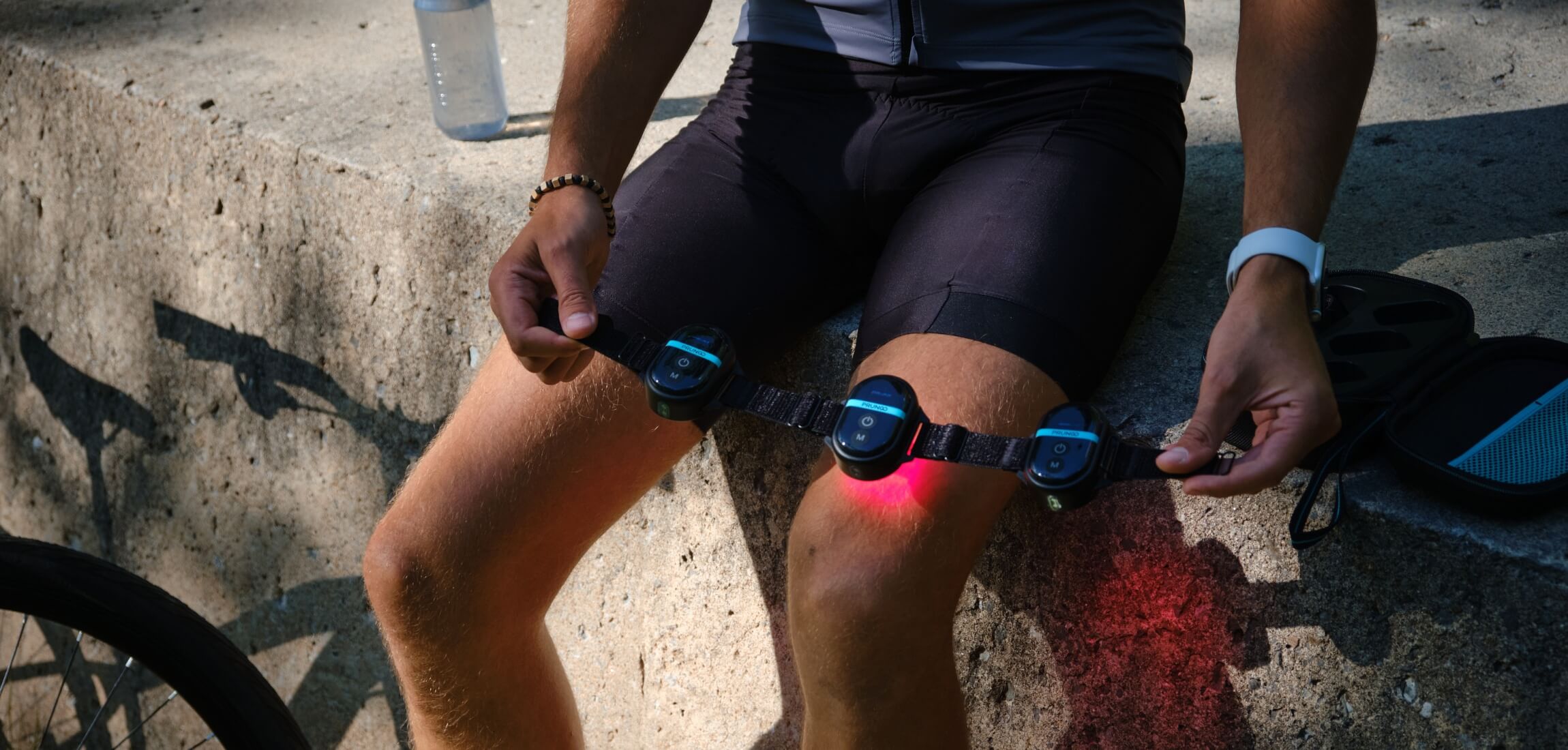
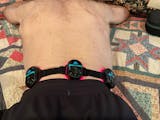
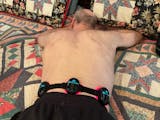









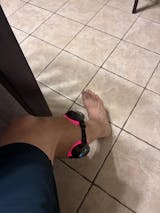
Share:
Improving Orthodontic Treatment Efficiency through Photobiomodulation Therapy
How Does Red Light Therapy Work for Pain Relief?